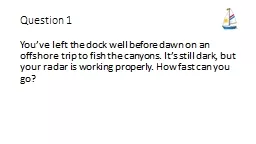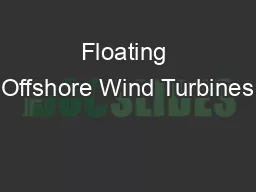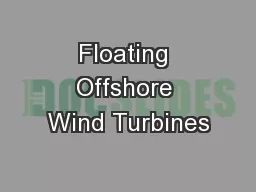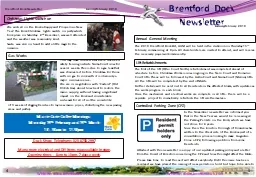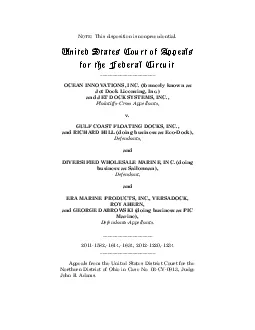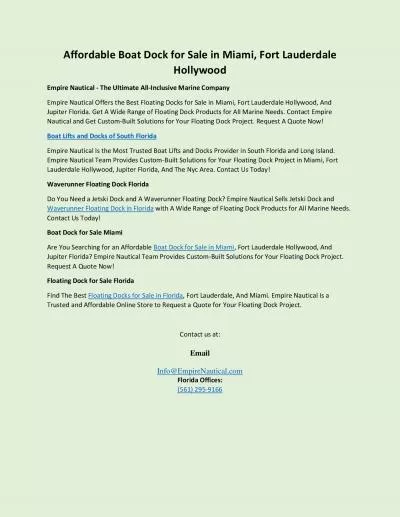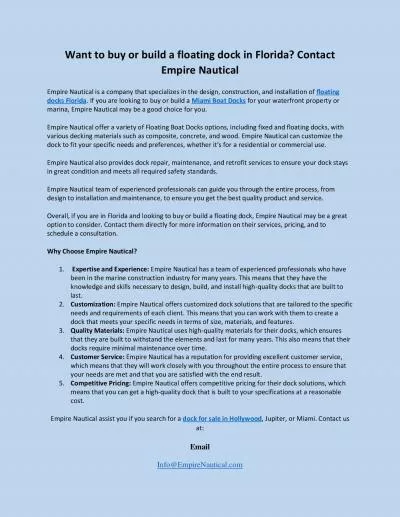PPT-Question 1 You’ve left the dock well before dawn on an offshore trip to fish the canyons.
Author : greyergy | Published Date : 2020-06-18
Question 2 To get to your favorite bay you must run a lengthy wellmarked channel As you do another boat approaches rapidly from the opposite direction How do you
Presentation Embed Code
Download Presentation
Download Presentation The PPT/PDF document "Question 1 You’ve left the dock well b..." is the property of its rightful owner. Permission is granted to download and print the materials on this website for personal, non-commercial use only, and to display it on your personal computer provided you do not modify the materials and that you retain all copyright notices contained in the materials. By downloading content from our website, you accept the terms of this agreement.
Question 1 You’ve left the dock well before dawn on an offshore trip to fish the canyons.: Transcript
Download Rules Of Document
"Question 1 You’ve left the dock well before dawn on an offshore trip to fish the canyons."The content belongs to its owner. You may download and print it for personal use, without modification, and keep all copyright notices. By downloading, you agree to these terms.
Related Documents

